


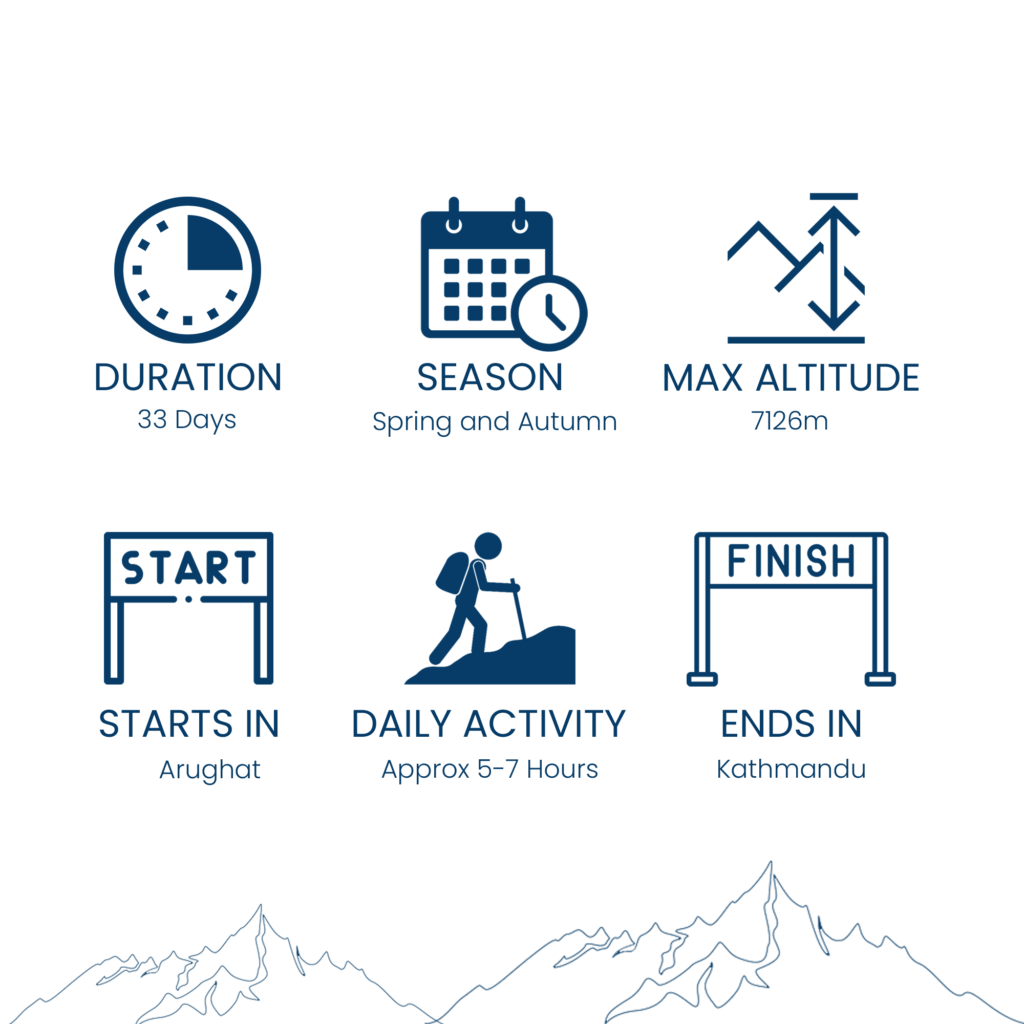
Himlung Himal (7126 meters) is one of the most popular 7000ers in Nepal. Often recognized as a training and preparatory climb for a 8000er, Himlung has become an ideal choice of non-technical but high mountain among the climbers. The mountain is located in the Peri-Damodar range in Manang district but does not share border with China. Surrounding the mountain are equally high mountains such as Nemjung, Gyaji Kang, Himjung, Ratna Chuli and multiple unnamed mountains over 6000 meters.
One has to trek through the banks of Marshyangdi river from Koto or via Chame. As Manang district lies in the rain shadow zone, the trek up the Himlung base camp is a different experience. The place is also famous for the sight of the rare ‘Ghost of the Himalaya” – the Snow Leopard. The culture and households of natives in Nar and Phu offers a different world experience.
Himlung Himal was first climbed in 1992 by the Japanese. In 2013, a new and comparatively safer route was discovered by French Kari Kobler and team. Current normal route to the Summit is via the North-West Route.

The Himlung Himal Base Camp serves as the starting point for expeditions to Himlung Himal, a prominent peak in the Nepalese Himalayas. Situated at an elevation of approximately 4850m, the base camp provides a strategic location for acclimatization and preparation. Equipped with essential facilities, including accommodation tents and dining areas, it serves as a hub for climbers to organize gear, plan ascents, and acclimate to the high-altitude conditions. From the base camp, climbers typically embark on rotations to higher camps, honing their skills before attempting the challenging summit push.

Himlung Himal Camp 1 (C1) stands at an elevation of approximately 5700m and serves as a crucial staging point in the ascent of Himlung Himal. Positioned at a higher altitude, C1 provides climbers with a necessary acclimatization point and a base for further progression. Basic tents are set up for accommodation, complemented by facilities for equipment storage and brief rests. Climbers spend time at C1 to acclimatize to the higher altitude before advancing to higher camps, enhancing their readiness for the challenging journey towards camp 2 of Himlung Himal.

Himlung Himal Camp 2 (C2) is situated at an elevation of approximately 6400m and plays a pivotal role in the ascent of Himlung Himal. Serving as a higher-altitude camp, C2 facilitates further acclimatization for climbers, offering essential accommodations in basic tents and facilities for equipment storage. This camp serves as an intermediate point where climbers continue their preparation and acclimatization before advancing to higher camps and eventually making the challenging push towards the summit of Himlung Himal.

The journey from Himlung Himal Camp 2 to the summit involves navigating challenging terrain and ascending to an elevation of approximately 7,126 meters (23,380 feet). Climbers face steep sections, traverse snow and ice, and negotiate technical challenges. The ascent requires careful pacing due to the thin air and low oxygen levels. Upon reaching the summit of Himlung Himal at 7,126 meters, climbers are rewarded with stunning panoramic views






















































Preparing for a challenging expedition requires assembling a comprehensive array of essential gear, encompassing a durable backpack, weather-resistant tent, cozy sleeping bag with an insulated sleeping pad, and a reliable stove for cooking sustenance on the go; navigation tools like a map, compass, and GPS device ensure a safe journey, while a well-stocked first aid kit, emergency shelter, and multi-tool provide security in unforeseen circumstances; carefully chosen clothing layers, including waterproof rain jackets, trekking socks, and sturdy hiking boots, offer protection from the elements, complemented by trekking poles, a backpack rain cover, and dry bags for added resilience against inclement weather.
CLICK THE PICTURE FOR MORE INFORMATION
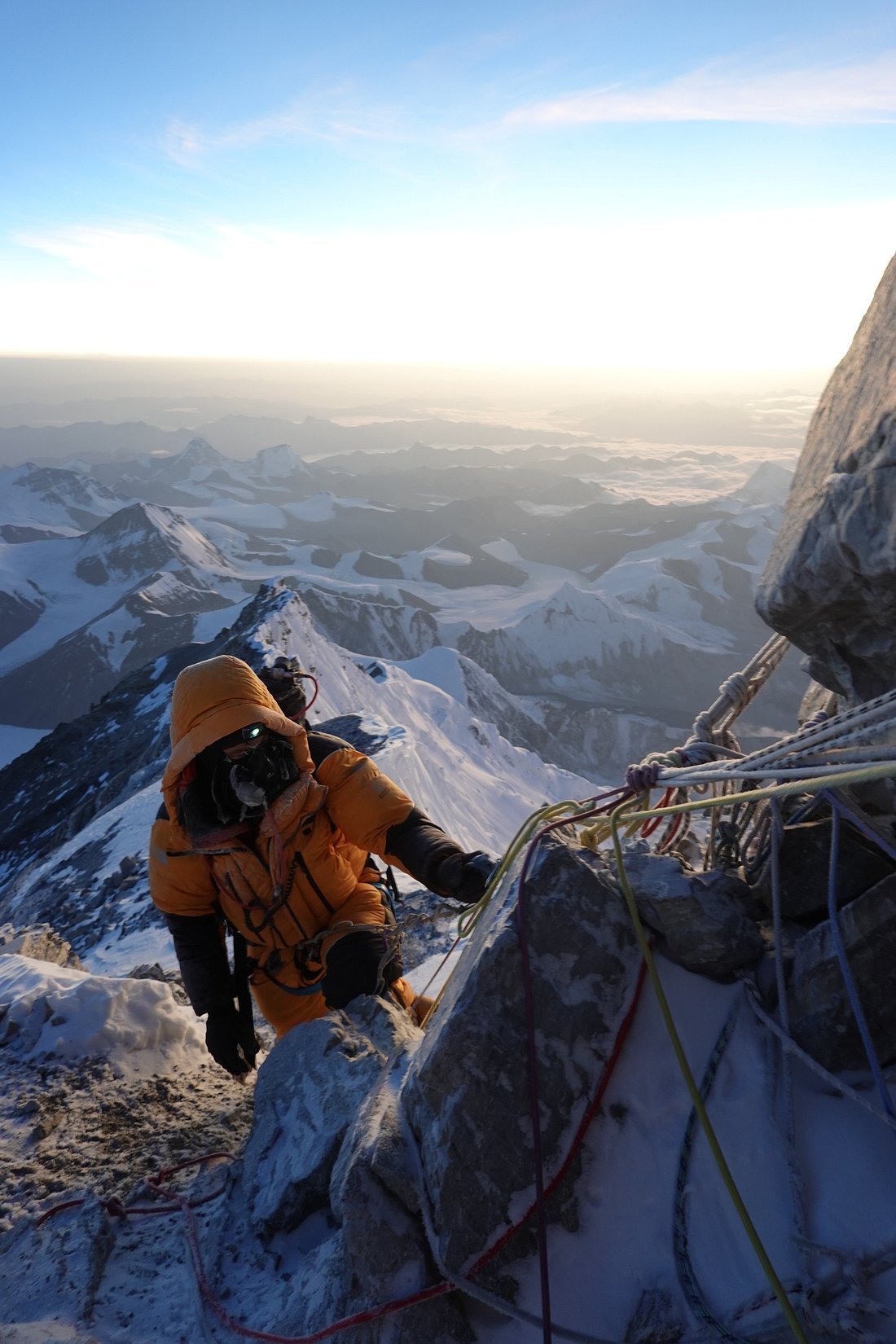
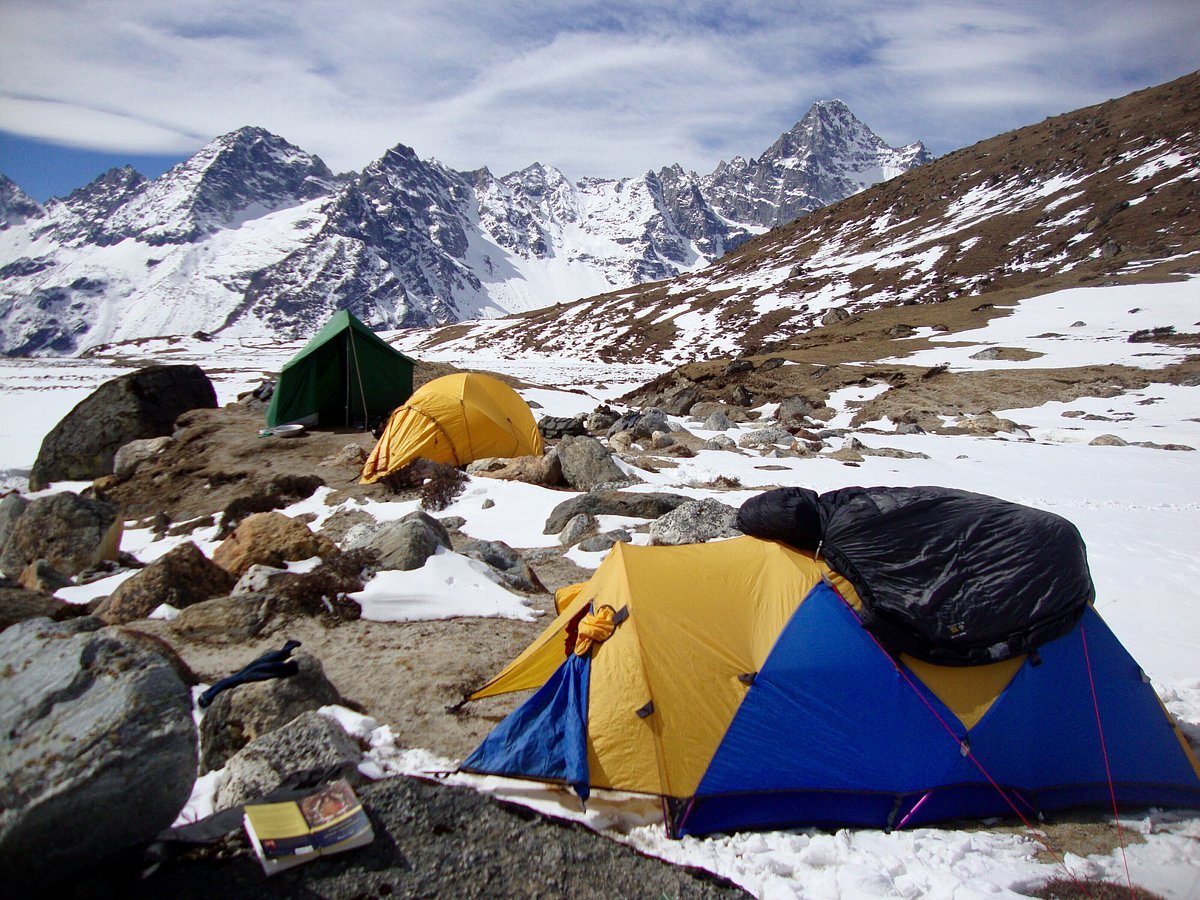
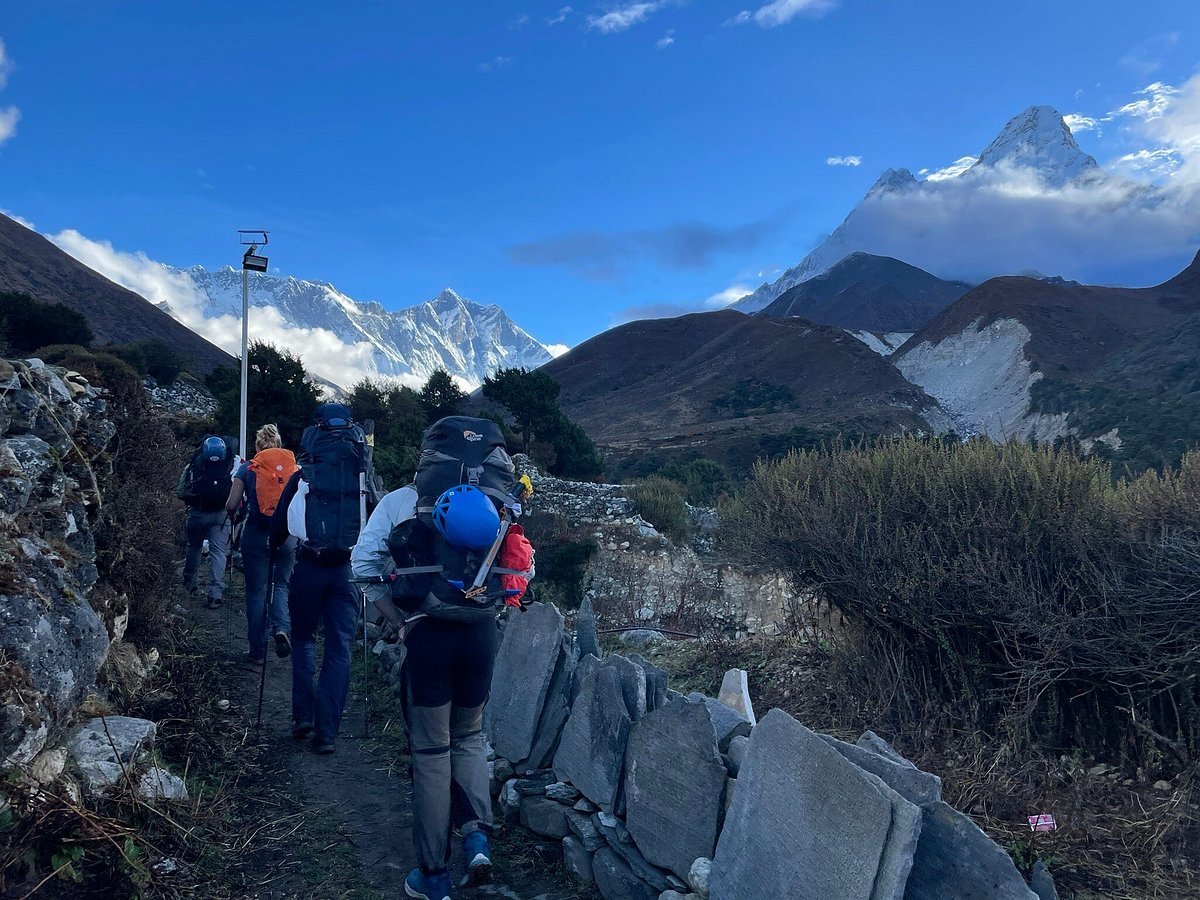
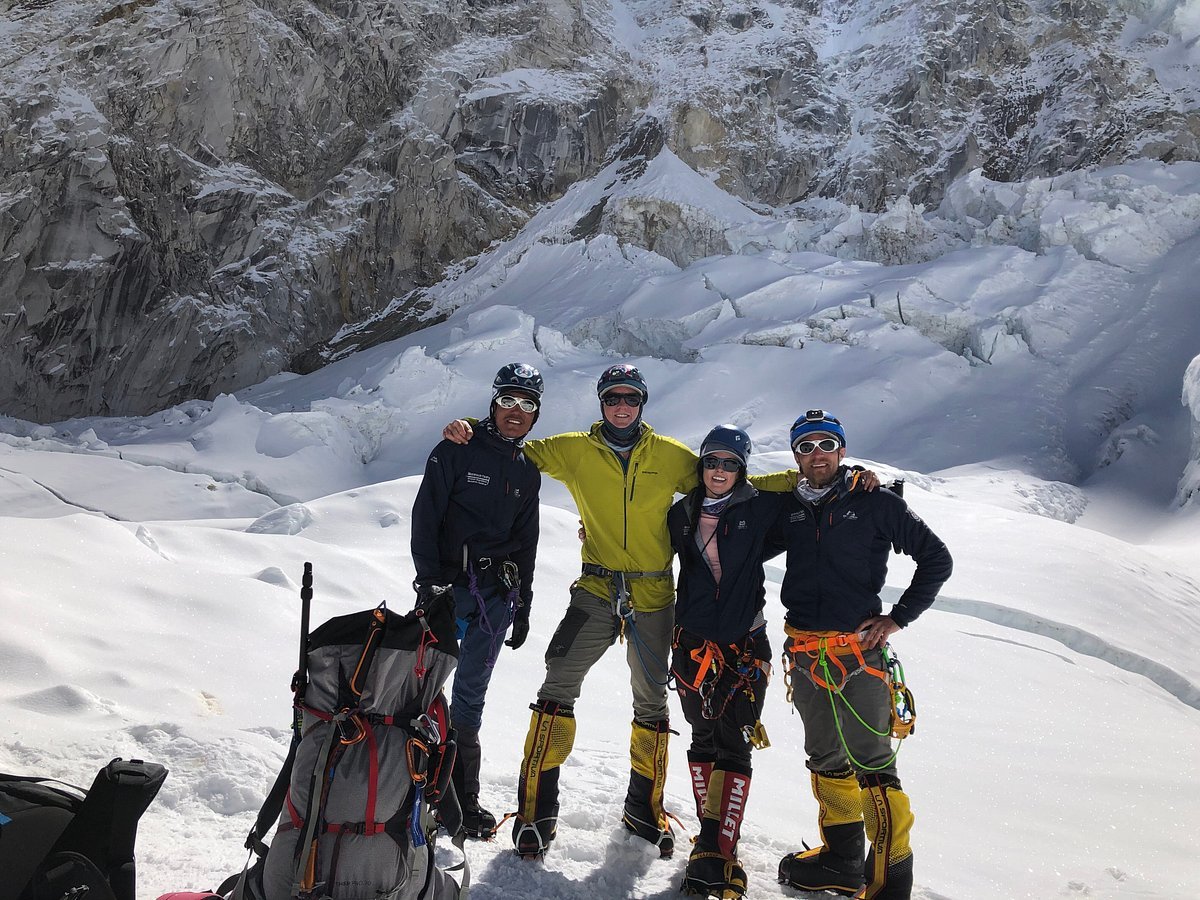
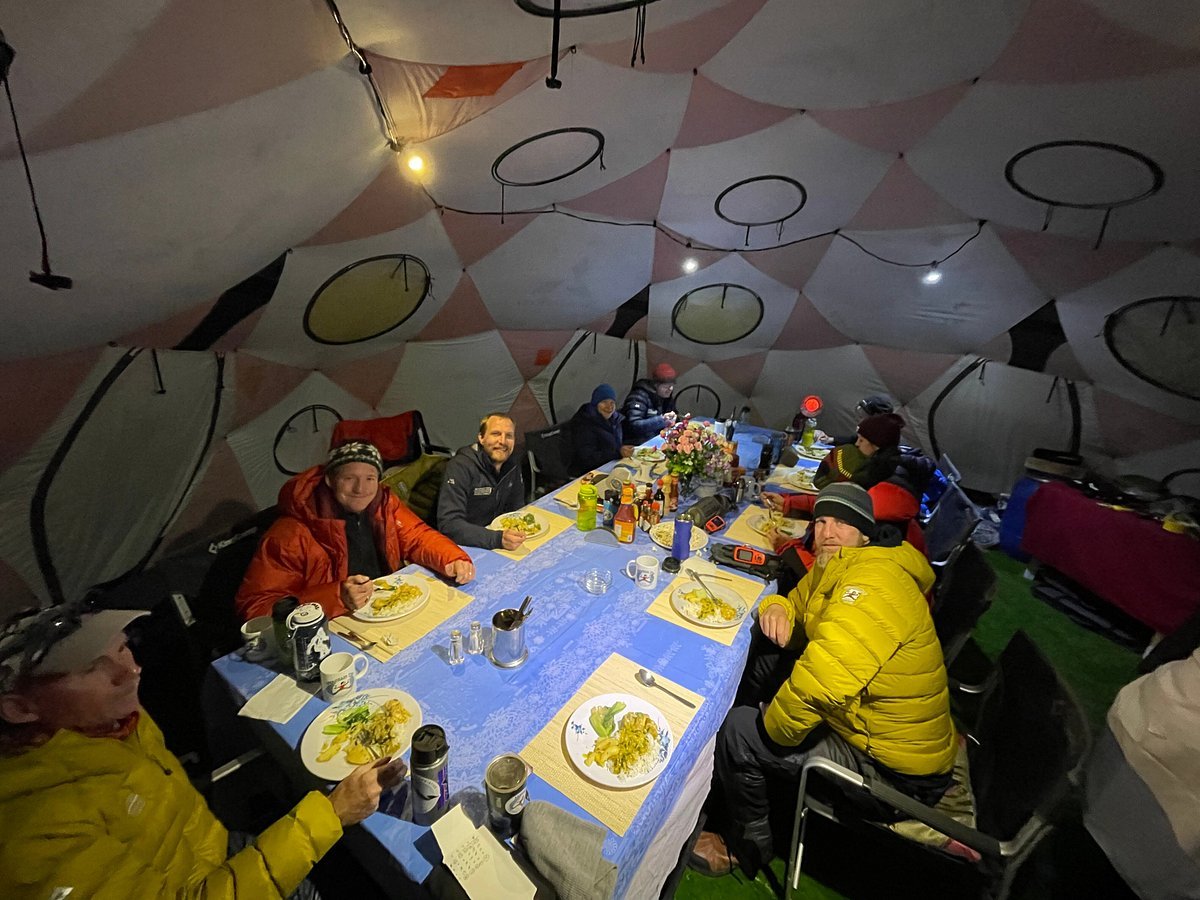

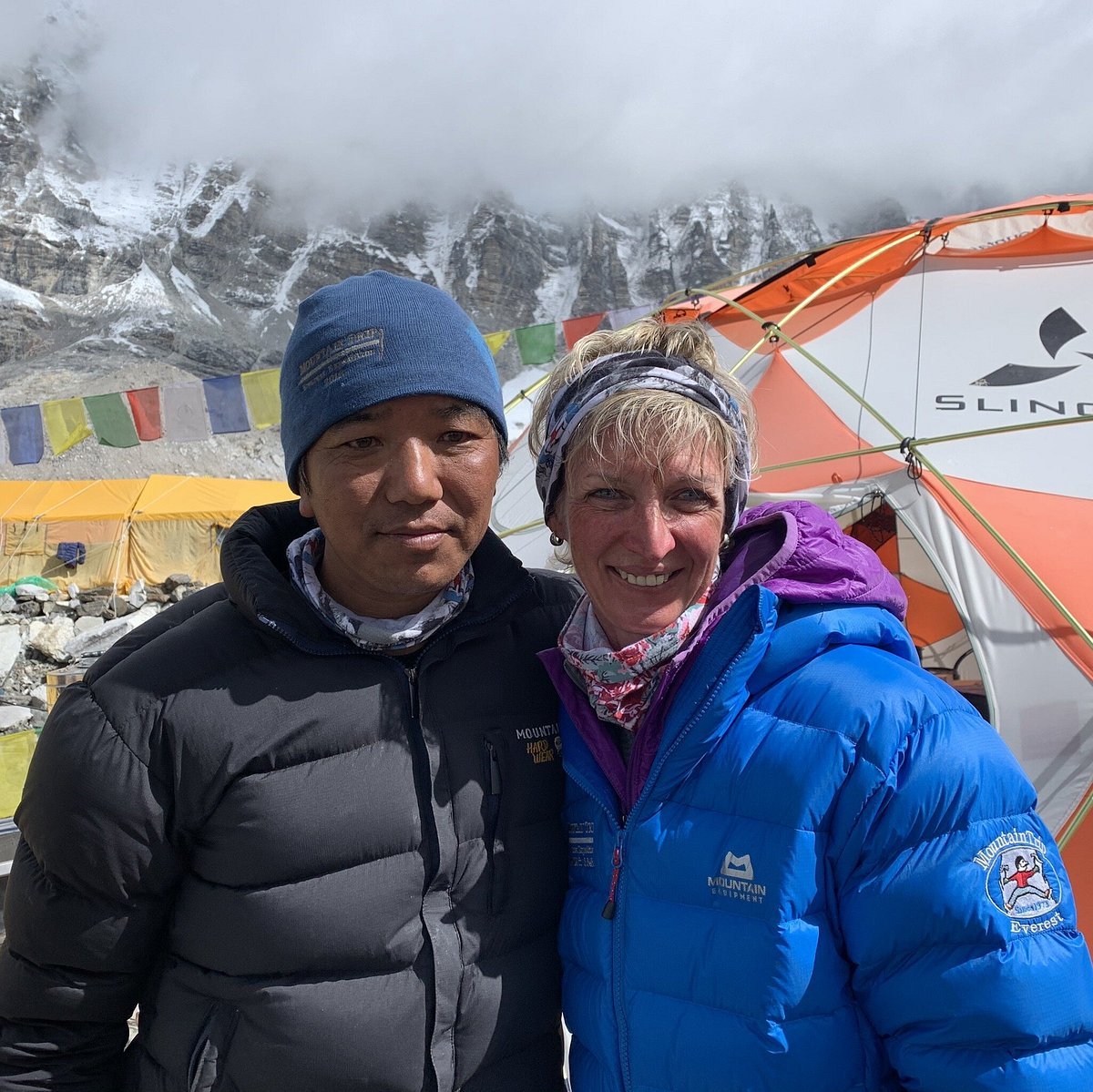

Peak fitness is essential. Train with hikes, carrying gear. Personal Sherpas are optional; porters handle group equipment. Individualized advice for mental and physical preparation is available.

Pre-expedition medical examination is recommended. Dental checks are crucial due to pressure changes at higher altitudes.

Prior high-altitude and mountaineering experience is required for eight-thousander expeditions. Training programs for newcomers are offered. For seven-and six-thousander expeditions, experience on four-thousander peaks is advisable.

Months of physical and mental preparation are necessary. Exercise, diet, and rest are key. Free world-class training programs for Everest climbers are available, along with exclusive discounts.

Months of training are required for fitness and technical climbing experience. Climbing lower peaks familiarizes climbers with equipment and terrain. Expedition training programs are offered in Europe and the US.

Climb lower peaks for altitude adaptation. Tailor-made programs prepare climbers for 8000er expeditions.

Expedition Himalaya, a veteran of Mount Everest and Himalayan expeditions, are poised to make climbing the Himalayan range a safe and unforgettable experience.
© 2024 Developed by Digital Raghu.